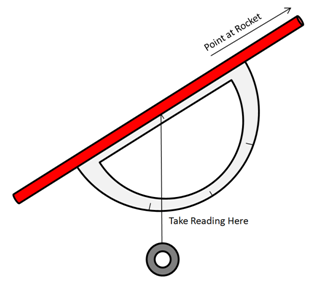jmorris
Member
- Joined
- Sep 30, 2005
- Messages
- 24,141
I had considered that, but I don't think I have a way to get up to 25 feet or so to reach the water level, out in the range, away from the dam.
My game radios work ok out to about 5 miles but they don't tolerate terrain very well. I use PVC tubing to raise the antenna 40 ft pretty easy as in compact and light weight. A large enough diameter to slip over a T post.
Maybe you just tell who you are talking to about the height it is "fill in the blank" feet tall. Then when they come back and tell you that you are wrong by 26.8 inches, you ask how they came to that number.
More of an innocent until proven guilty way of looking at it.


